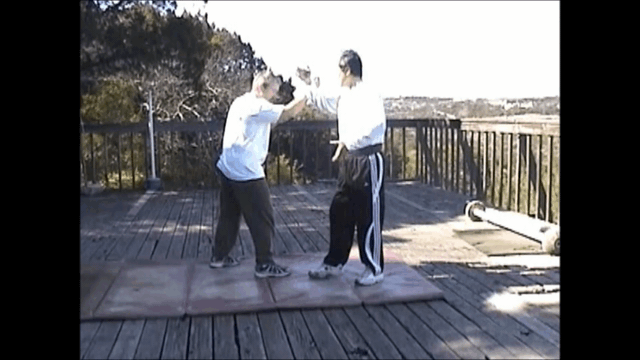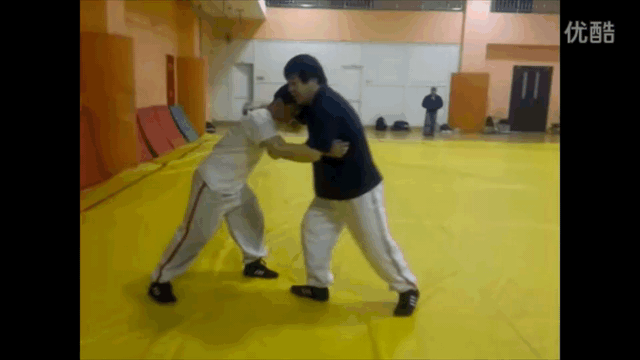Not the way I learned to divide them. I don’t think I have 100 separate techniques in my repertoire. But that may be nothing more than a difference in how you classify.
What wang said. Depending on how you classify techniques, you can easily come up with 100. Just going over punches, here's a few to give you an example.
1: lead hook punch to head.
2: rear hook punch to head.
3: lead hook punch to stomach.
4: rear hook punch to stomach.
5: lead uppercut to chin.
6: rear uppercut to chin.
7: lead uppercut to body.
8: rear uppercut to body.
9: lead front punch to jaw.
10: rear front punch to jaw.
11: lead front punch to stomach.
12: rear front punch to stomach.
13: lead front punch to groin.
14: rear front punch to groin.
15: lead thrust punch to jaw.
16: rear thrust punch to jaw.
17: lead thrust punch to stomach.
18: rear thrust punch to stomach.
19: lead thrust punch to groin.
20: rear thrust punch to groin.
21: lead bolo punch to liver.
22: rear bolo punch to liver.
23: lead backfist to temple.
24: lead backfist to jaw.
25: rear backfist to temple.
26: rear backfist to jaw.
I just got through a quarter of the needed techniques, without going through half the punches that I know. And there is a lot more grappling options than punching options. And if you decide to include clinches. And then strikes from clinches, you have even more. And if you decide to include weapons...good luck getting your list under 500.



